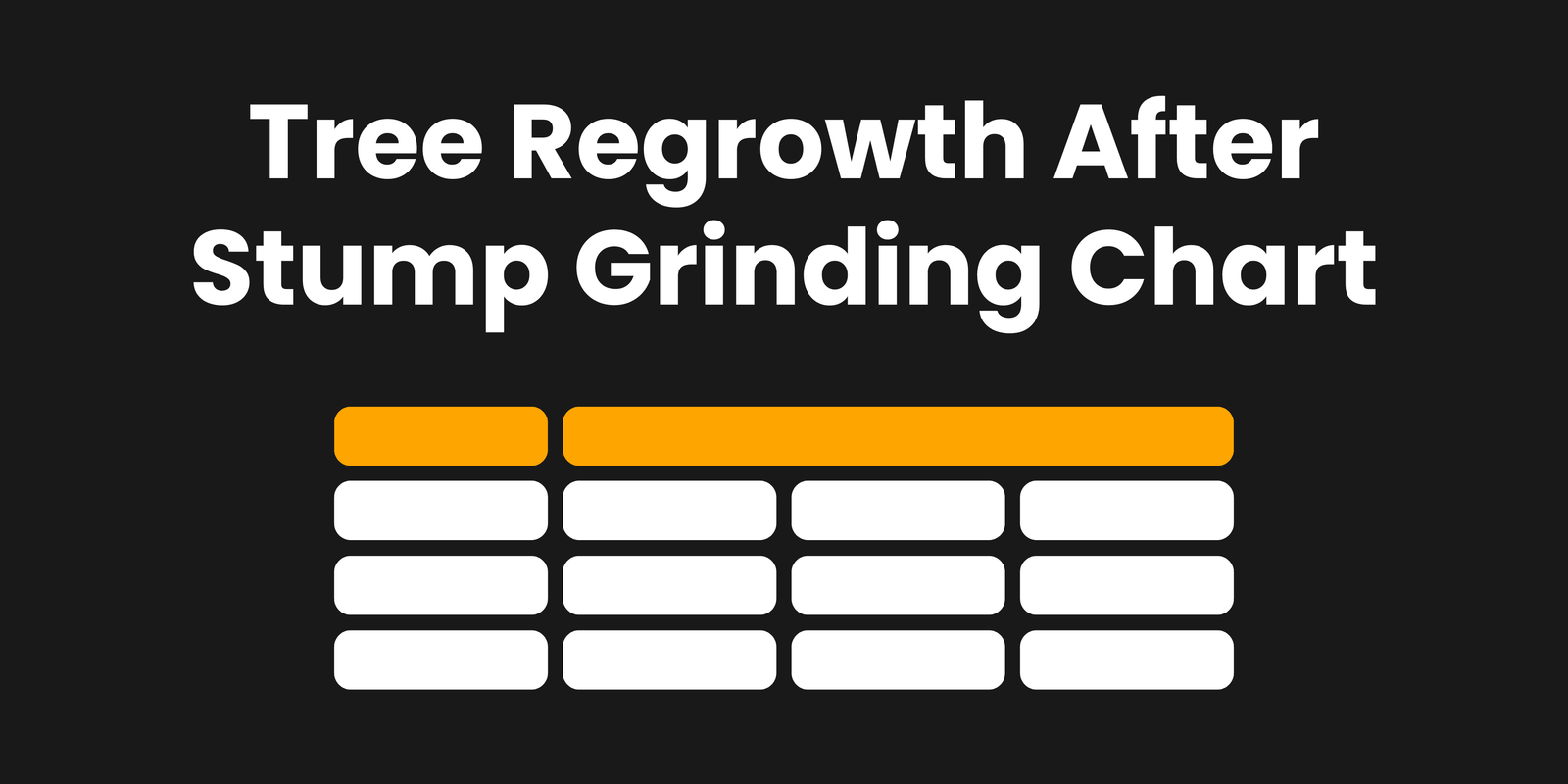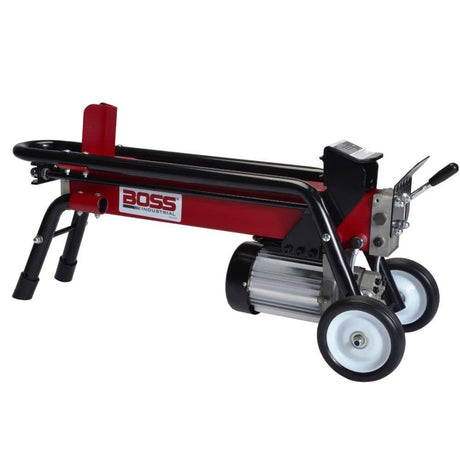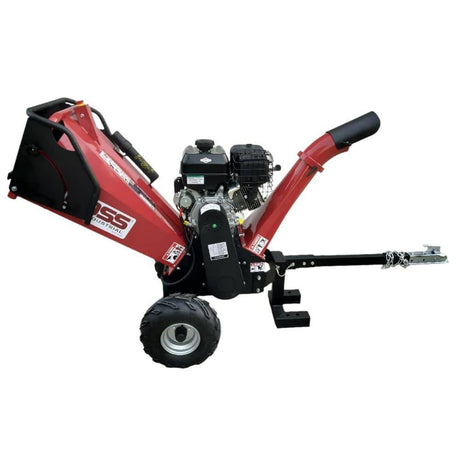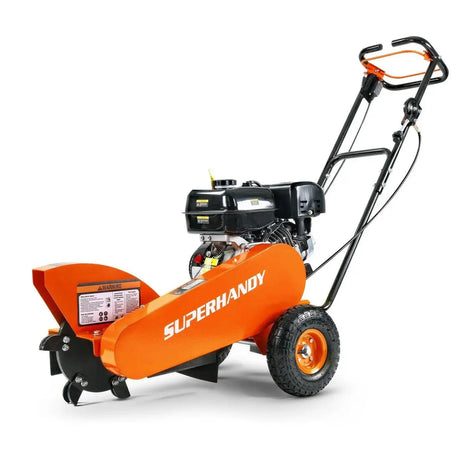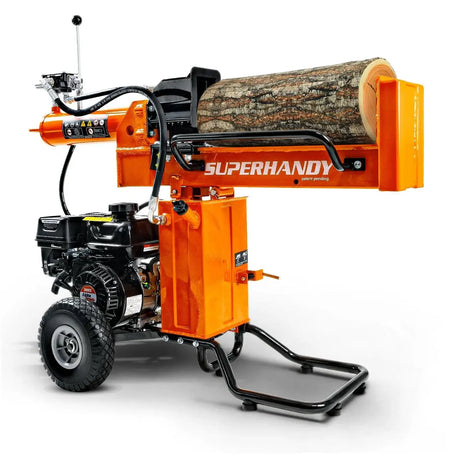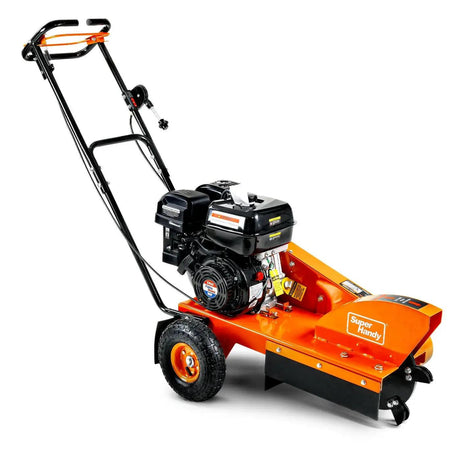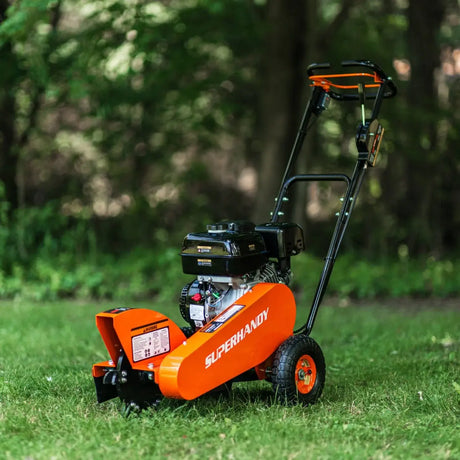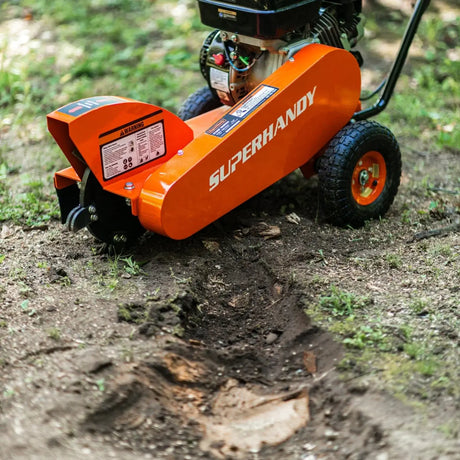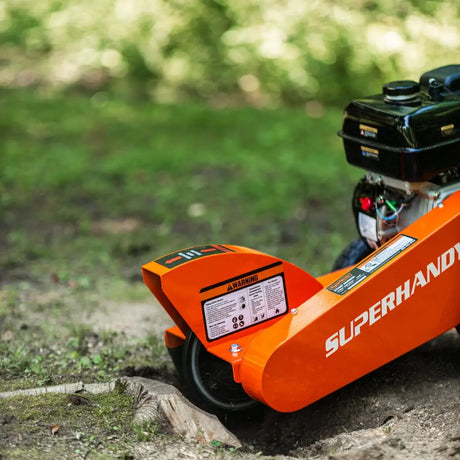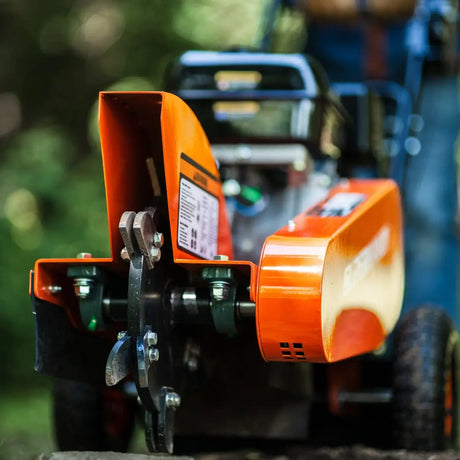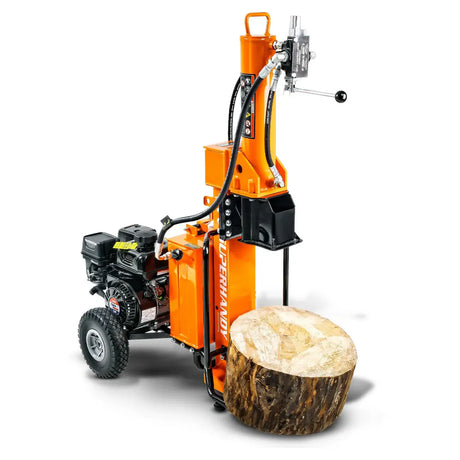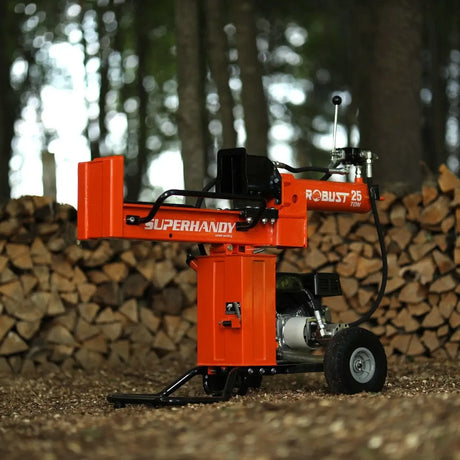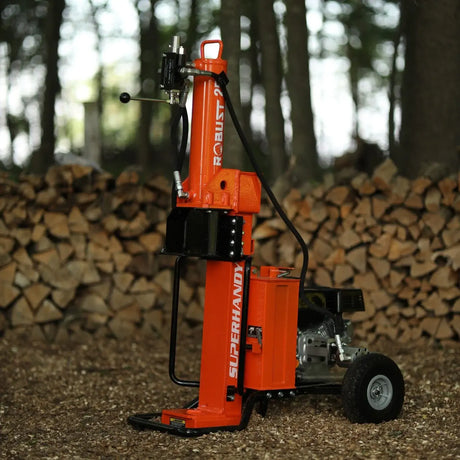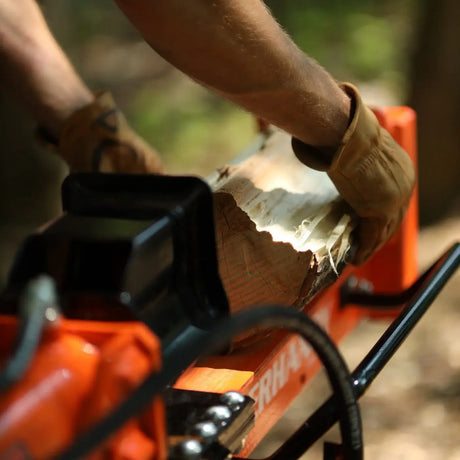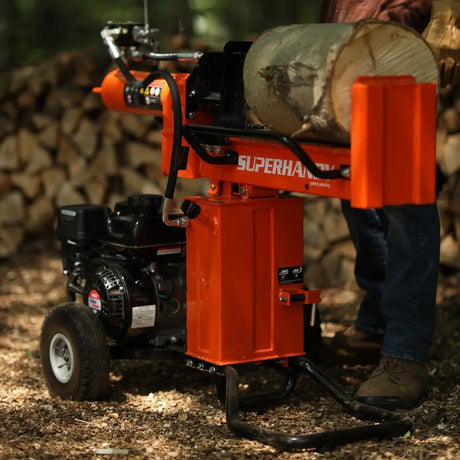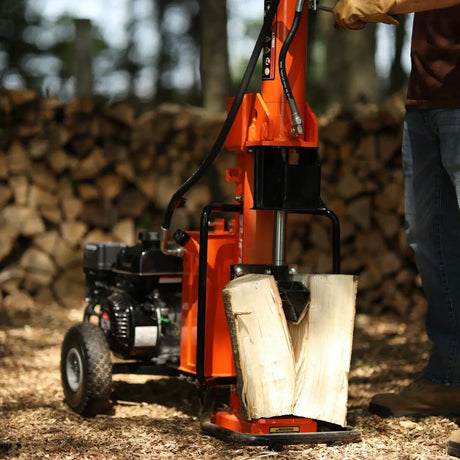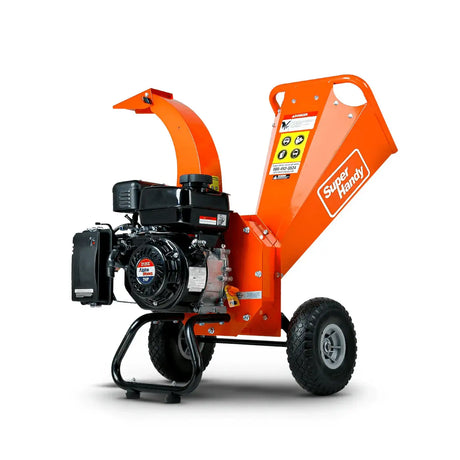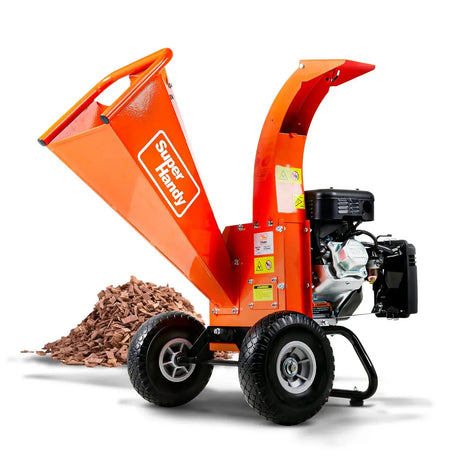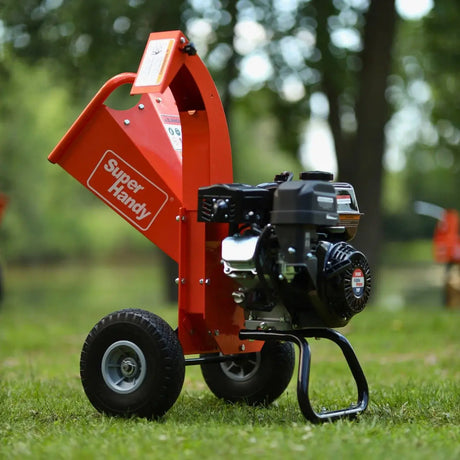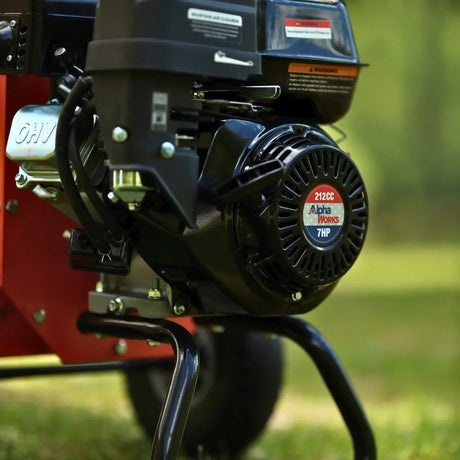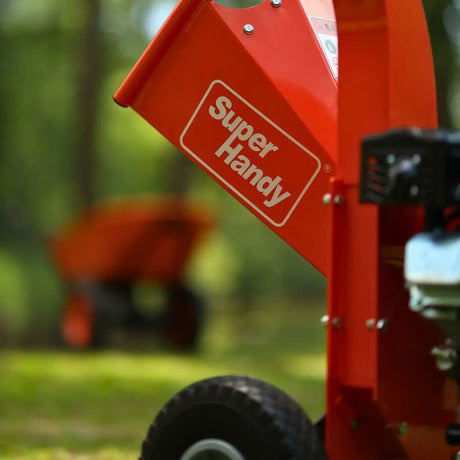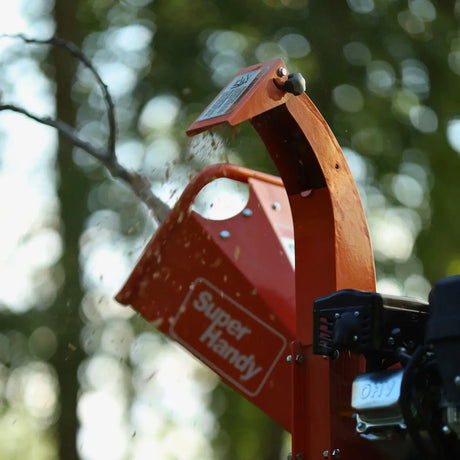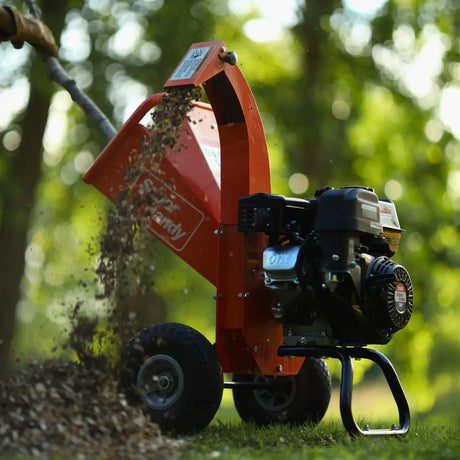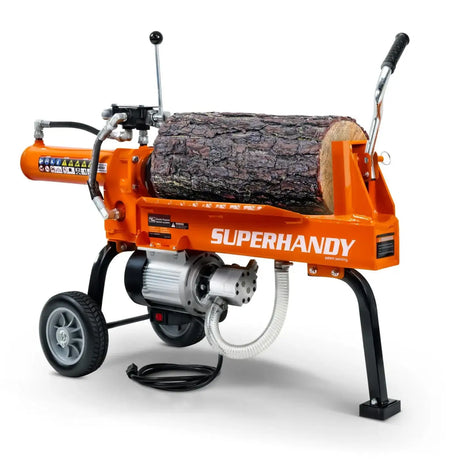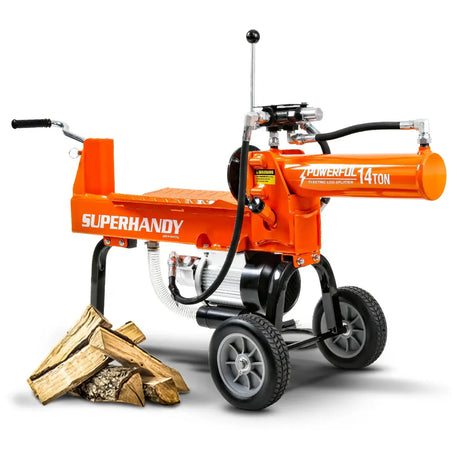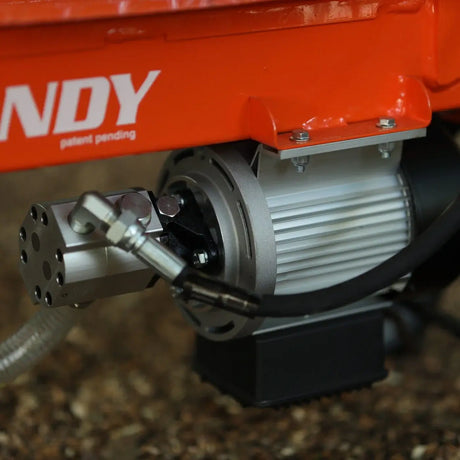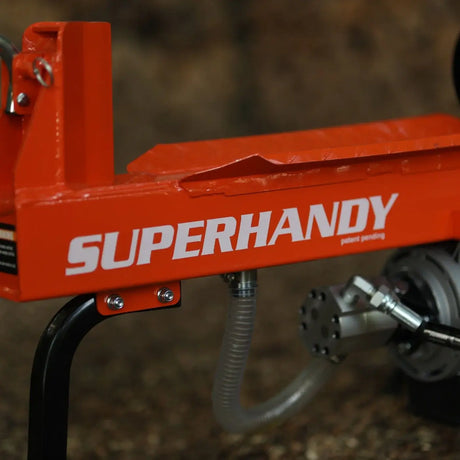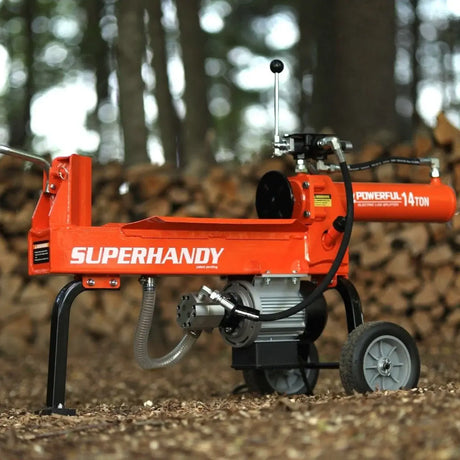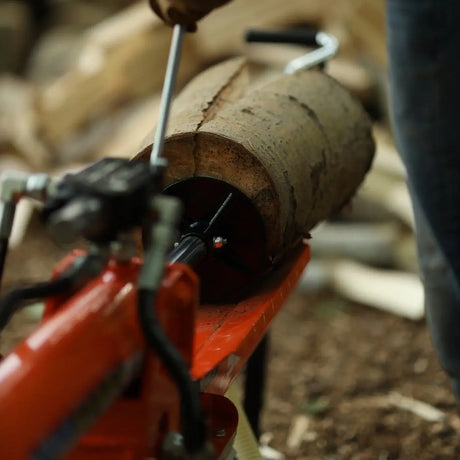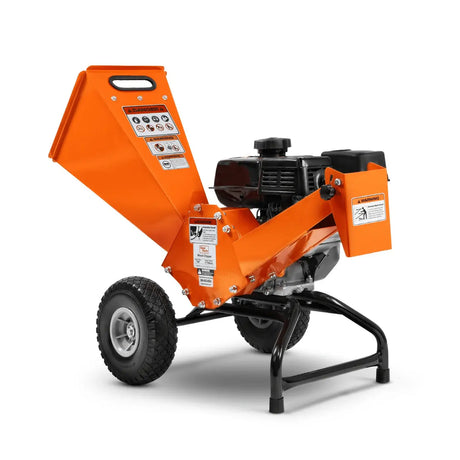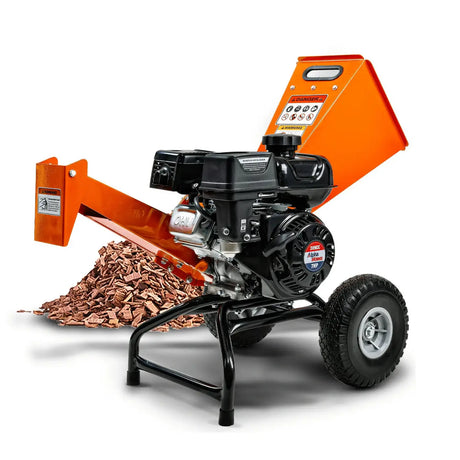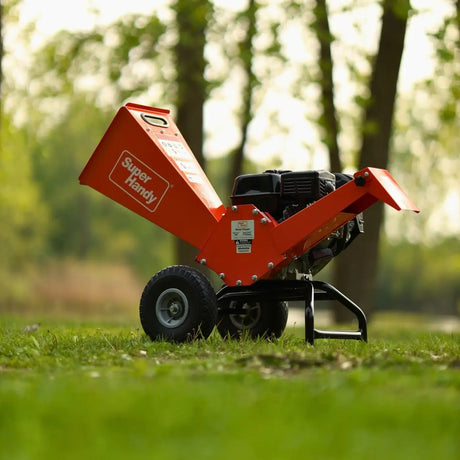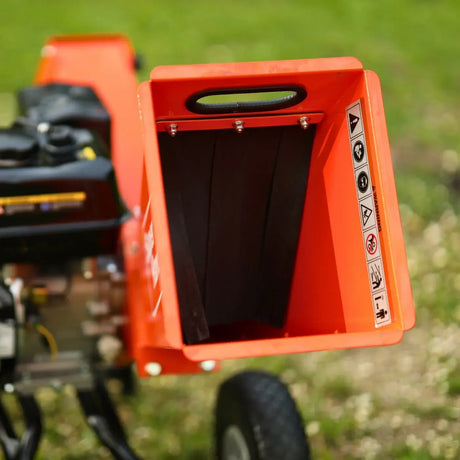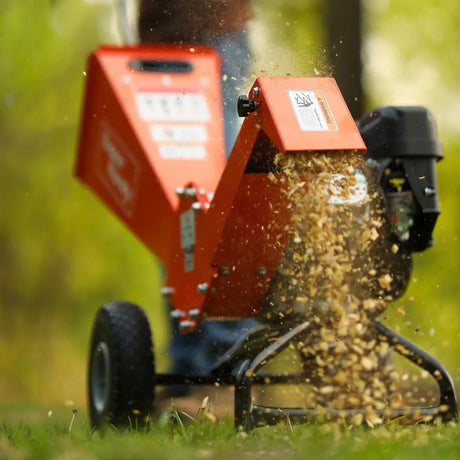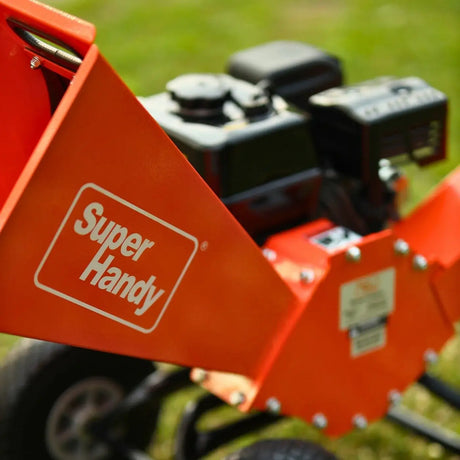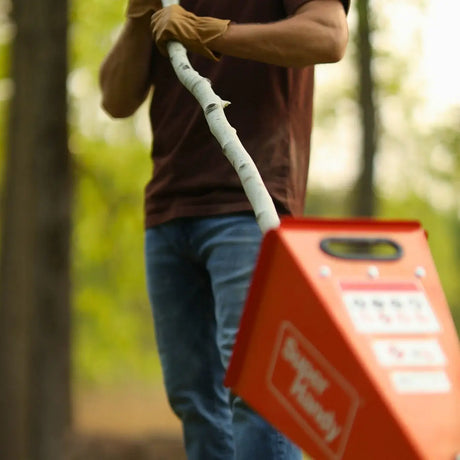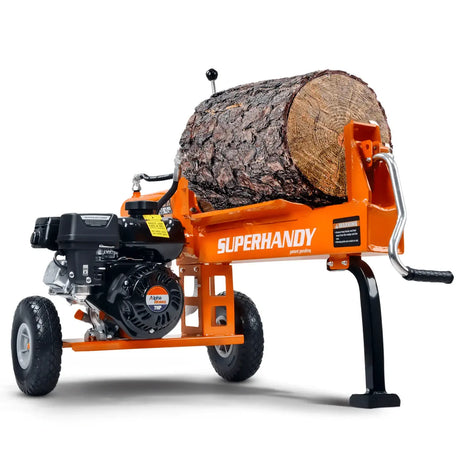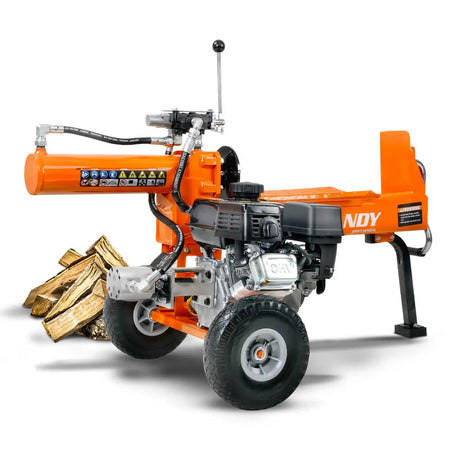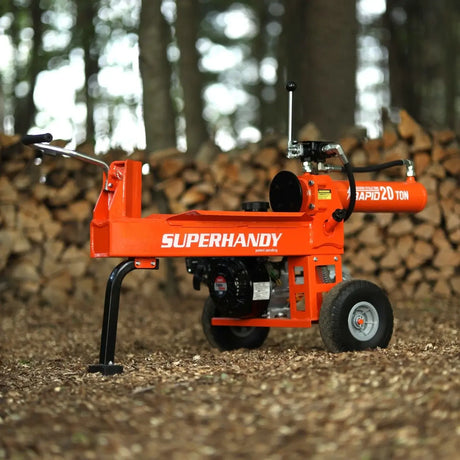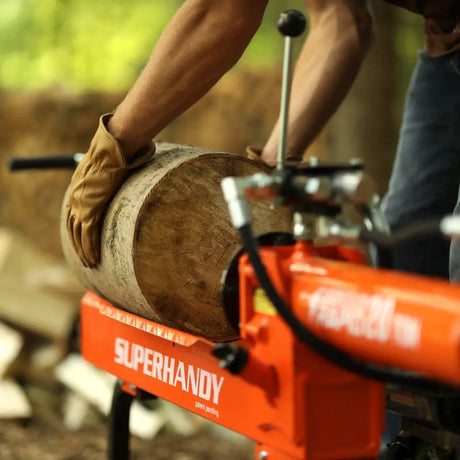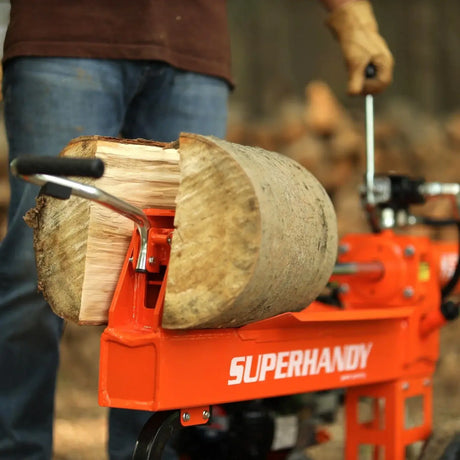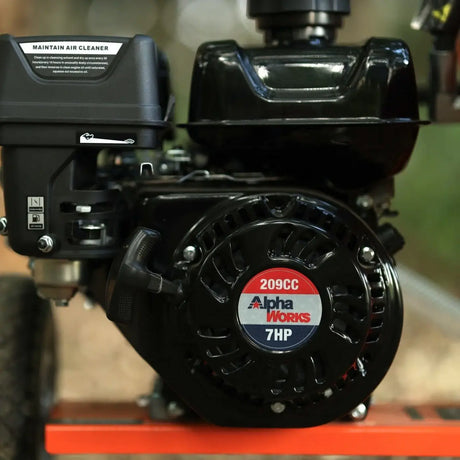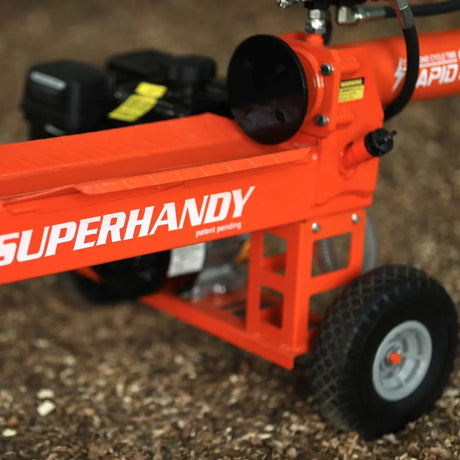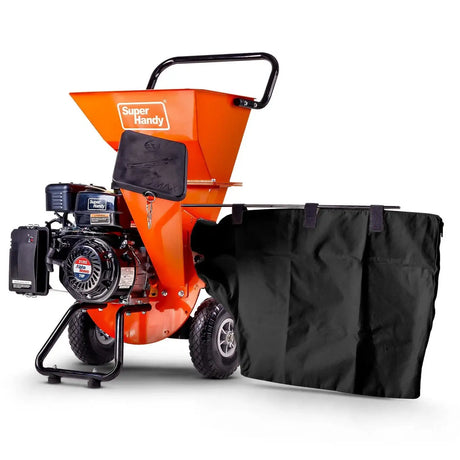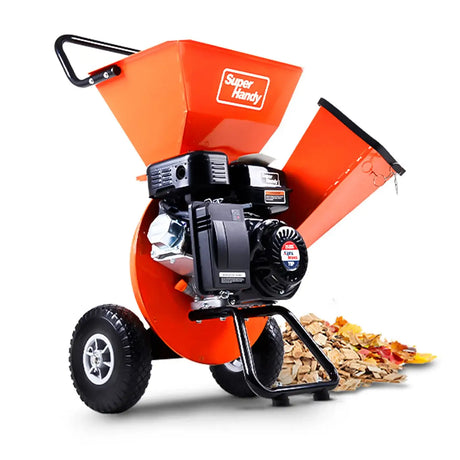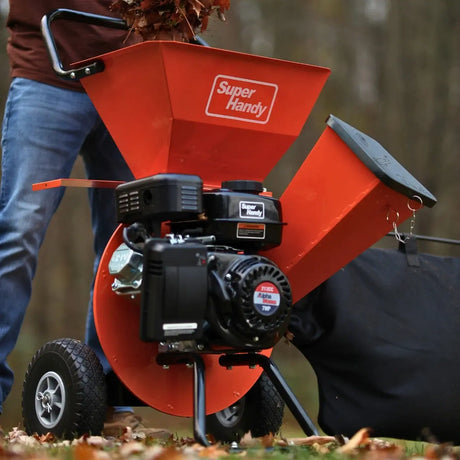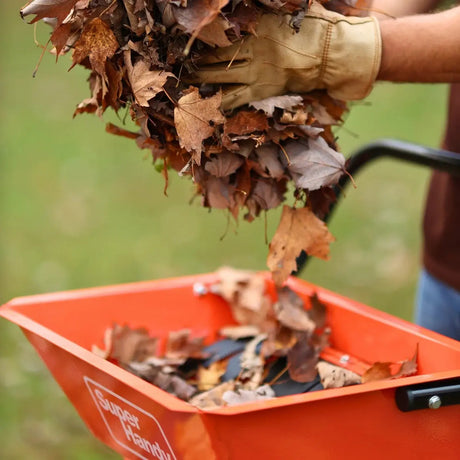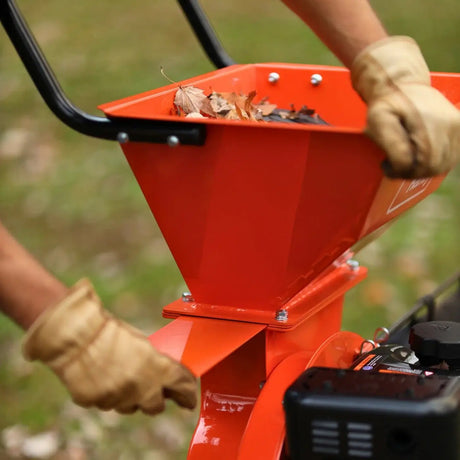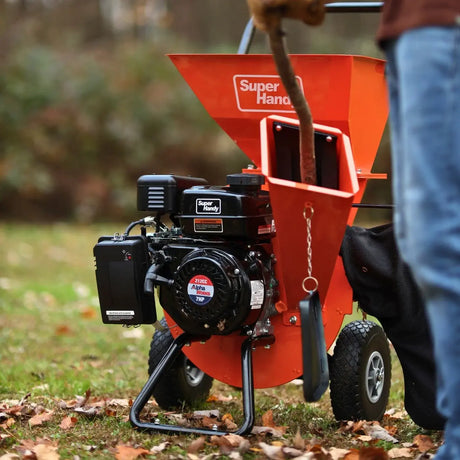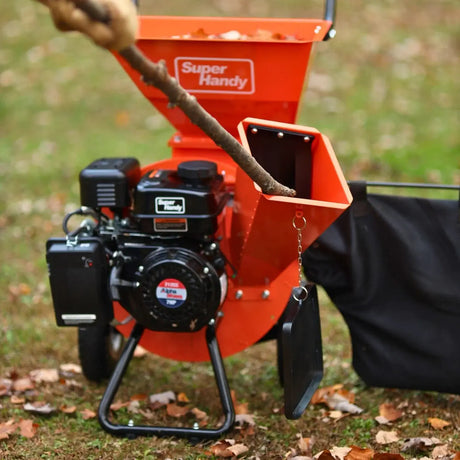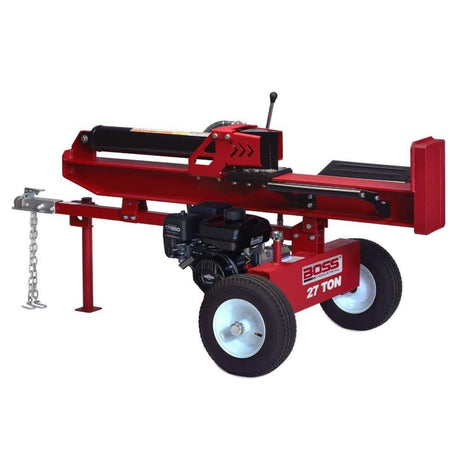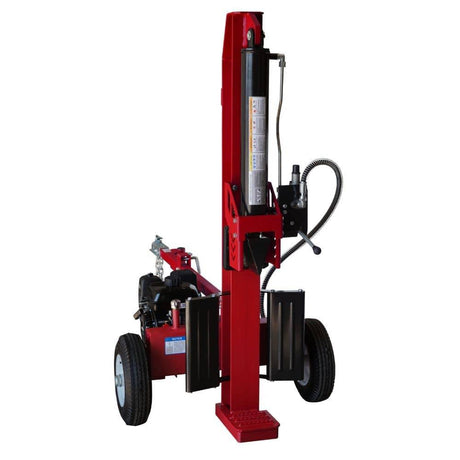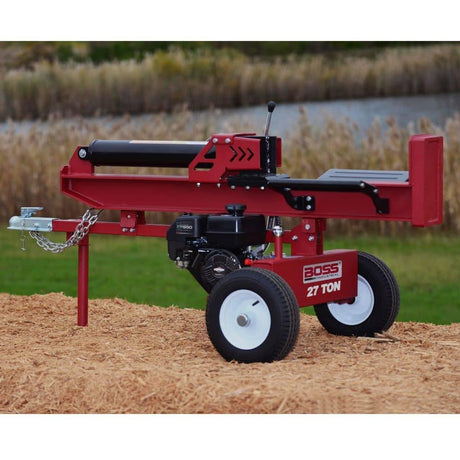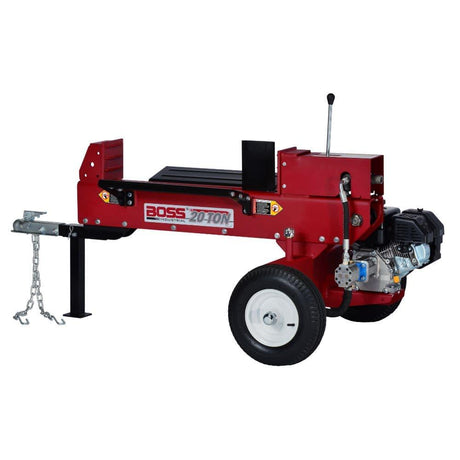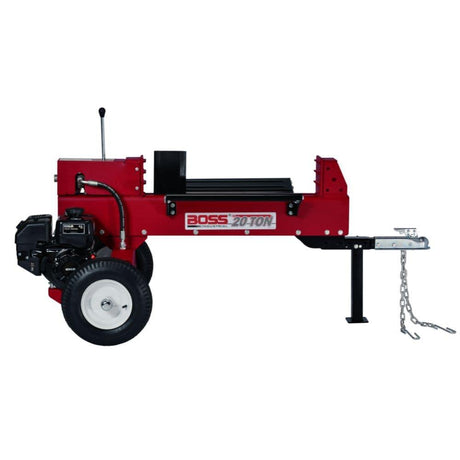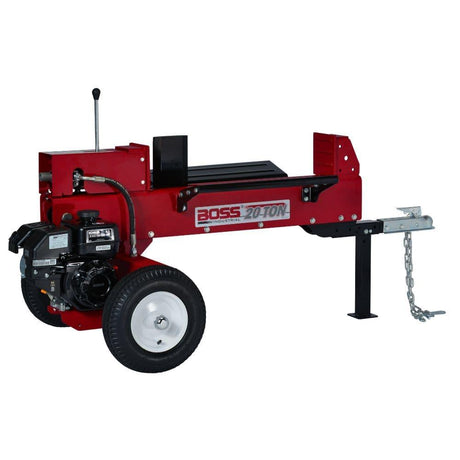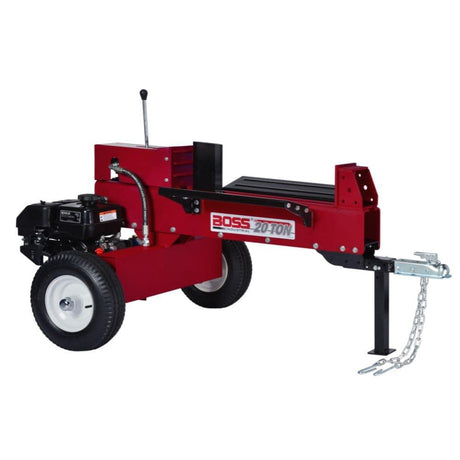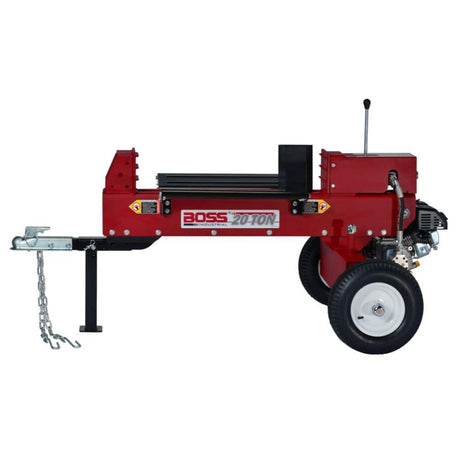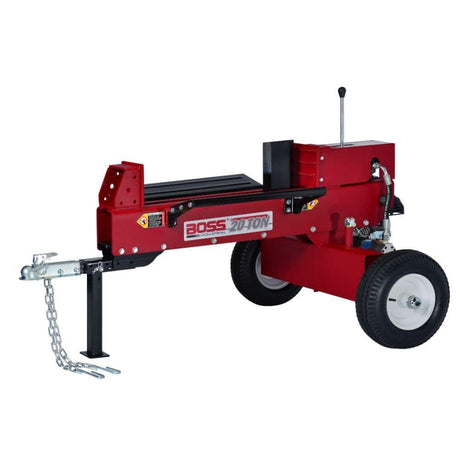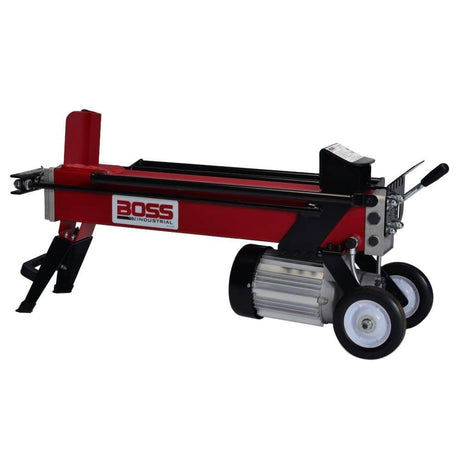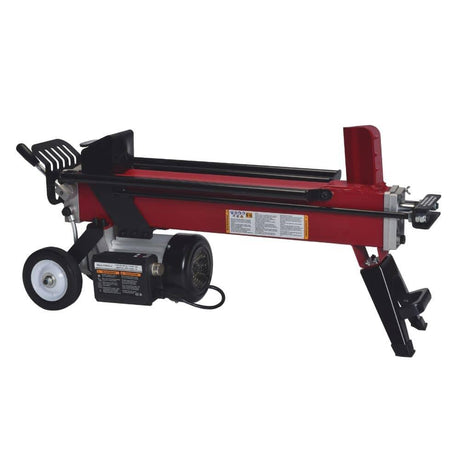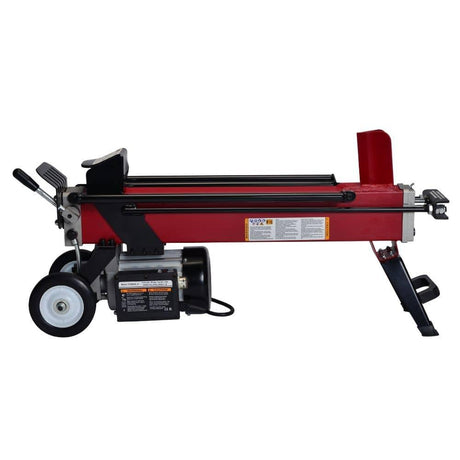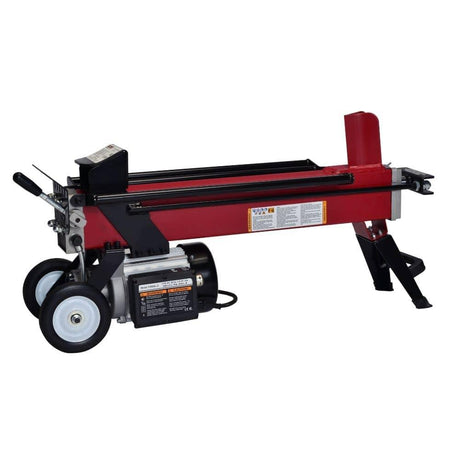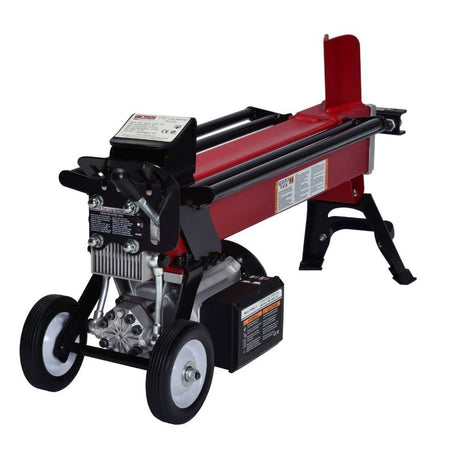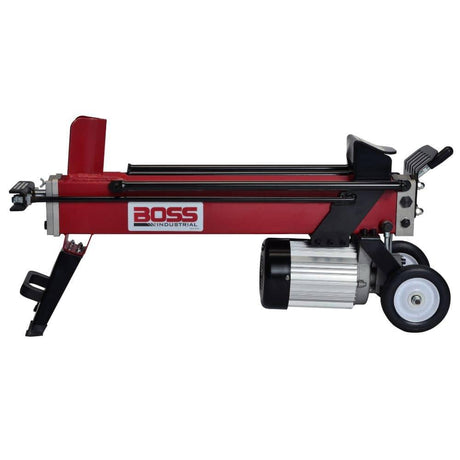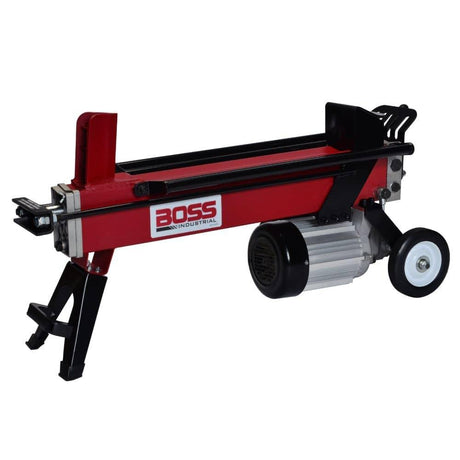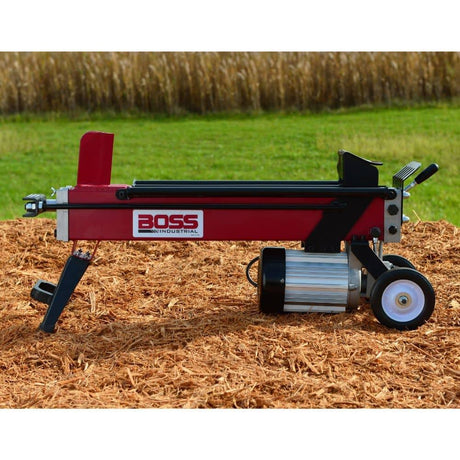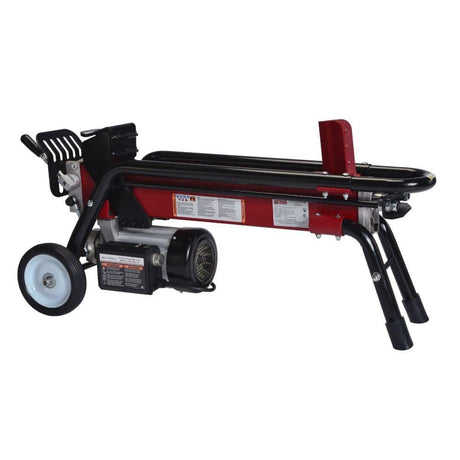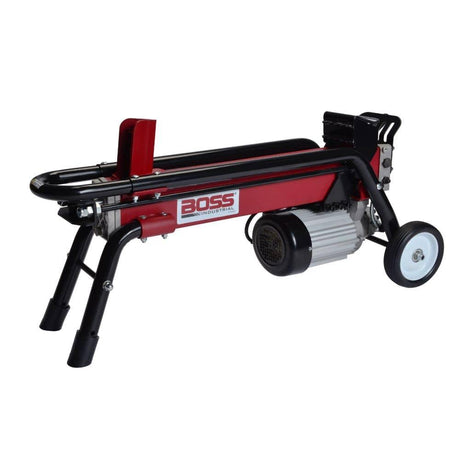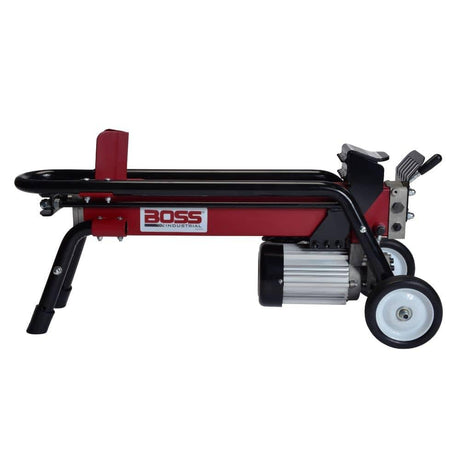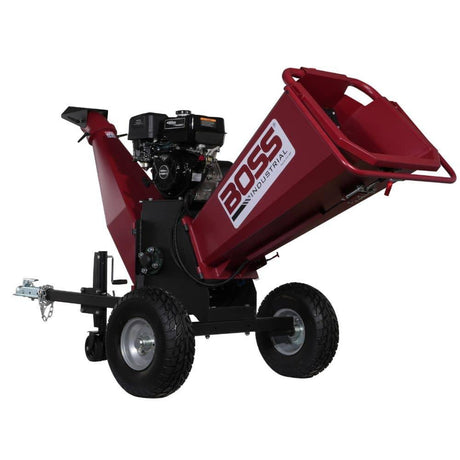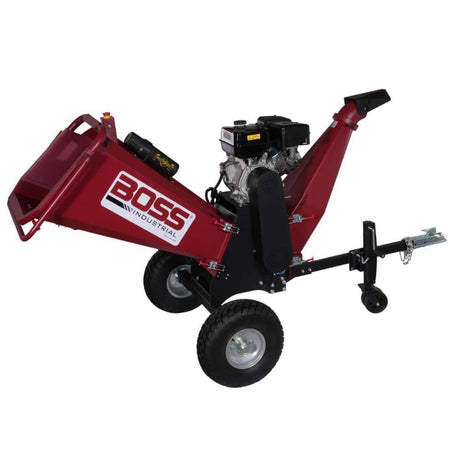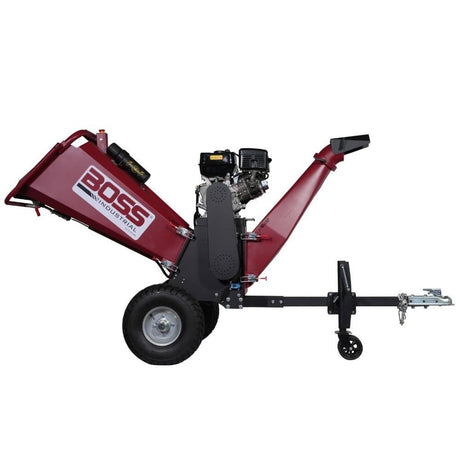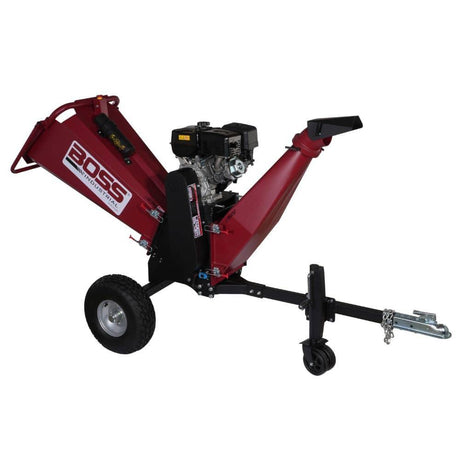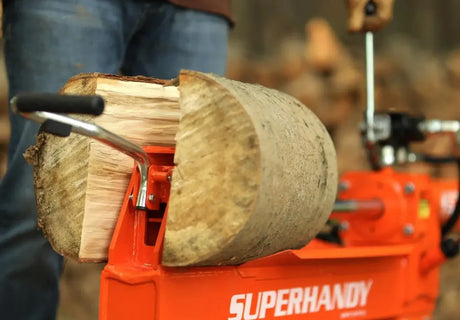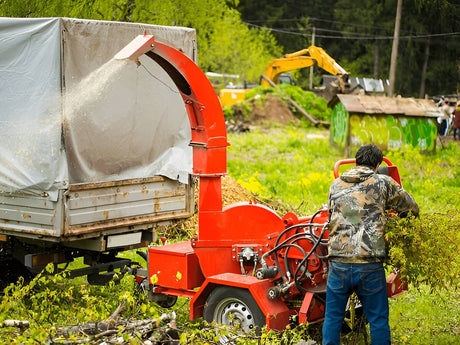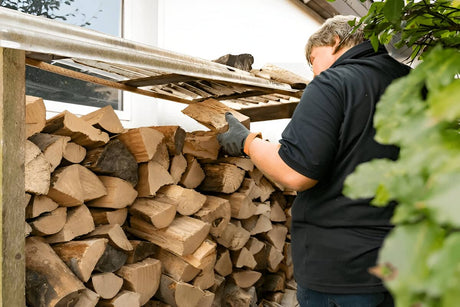Stump grinding might remove the visible trunk, but it doesn't always stop a tree from coming back. Some species are incredibly persistent, sending up new shoots from the root system long after the stump's gone. In this guide, we'll break down exactly which trees tend to regrow-and what you can do about it.
If you’re not sure what comes next, see our What to Do After Grinding a Stump: Your Complete Guide for step-by-step tips.
Key Takeaways
- 🌳 Poplar, willow, and maple are the most likely to regrow after stump grinding.
- 🪵 Trees with dense or shallow root systems-like oak and pine-rarely sprout again.
- 🧪 You can prevent regrowth using deep grinding, herbicides, or manual root removal.
- 🧠 Knowing your tree type saves time, money, and effort when managing stumps.
Tree Species Most Likely to Regrow After Stump Grinding
Here's a breakdown of common tree species and their chances of regrowth. If you've just removed one of these trees, keep an eye out for sprouts-and take action early if needed.
| Tree Species 🌳 | Likelihood of Regrowth | Reason for Regrowth |
|---|---|---|
| Poplar | High | Aggressive root system with rapid sprouting. |
| Willow | High | Vigorous root systems designed for quick regeneration. |
| Maple (Red, Silver) | High | Prolific sprouters; roots remain active post-grinding. |
| Elm | High | Strong regenerative capacity due to widespread roots. |
| Cottonwood | High | Known for sending up shoots from roots. |
| Ash | Moderate | Roots may sprout but slower regeneration. |
| Pine and Fir (Softwoods) | Low | Softwoods decompose quickly; rare to regrow. |
| Oak (White, Red) | Low | Hardwood roots have slow regrowth and decompose. |
What This Table Shows
This table organizes tree species into three key columns:
- Likelihood of Regrowth: Rated as High, Moderate, or Low based on real-world arborist reports.
- Species Name: Focused on common North American varieties like poplar, maple, and oak.
- Why They Regrow: Root behavior plays a big role-some trees store energy in their roots and shoot back aggressively.
What's the value here? Simple: If you know what you're dealing with, you know what to expect. You can skip unnecessary herbicide on trees that won't come back-or save yourself from years of chasing shoots from persistent roots.
How to Use This Data in Real Life
Let's walk through how this info plays out practically-whether you're managing a property, doing your own yard work, or advising clients.
1. Planning Stump Grinding Projects
If you're removing:
- Poplar, willow, or maple: Be proactive. These species will almost certainly try to come back. Plan for regrowth control (e.g., herbicide or deep grinding).
- Oak or pine: You're probably in the clear after a single grind-no need to overdo it.
For cost planning, check our Stump Grinding Cost Estimator by Diameter & Location (2025) to budget accurately.
2. Preventing Regrowth
Use these strategies:
- Grind at least 4-5 inches below grade to disrupt the root crown.
- Remove sprouts fast: Don't give roots a chance to recharge.
- Apply systemic herbicide (like glyphosate) directly on new shoots (not recommended).
- Consider full excavation if you're planting something new in the same spot.
To see how deep different roots go, refer to our Tree Root Depth by Species: When Is Stump Grinding Enough for details.
3. Avoid Common Mistakes
- Don't assume one grinding pass is enough for aggressive species.
- Skipping root cleanup can cause regrowth even years later.
- Planting a new tree in the same spot without removing the root system often leads to poor growth or root disease.
Final Thoughts
Not all stumps are created equal. Some will sit quietly and decay. Others-like maple or elm-will try to rise from the grave. Knowing which trees regrow after stump grinding helps you manage your yard (or your client's) without unexpected setbacks.
🔧 Want the right equipment for the job? Check out our stump grinders collection or grab a log splitter if you're processing what's left.
Stay sharp-and always outsmart the roots.

